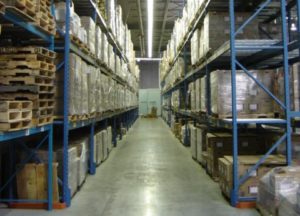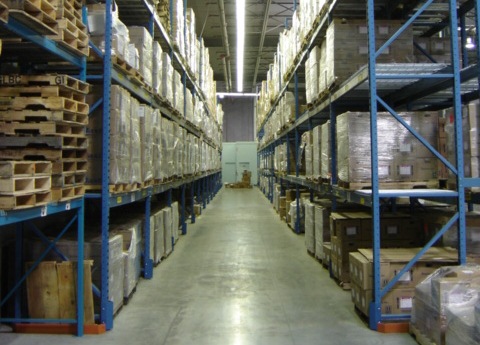 The Indonesian government expects a number of logistics warehouses to start operating in March, even as it eyes a new port in Southeast Sulawesi, all part of its maritime development program.
The Indonesian government expects a number of logistics warehouses to start operating in March, even as it eyes a new port in Southeast Sulawesi, all part of its maritime development program.
Transportation Minister Budi Karya Sumadi said some of the planned warehouses can begin operations next month.
“This March, God willing, these will become operational,” Budi said recently, as quoted by Antara News.
The warehouses are to be located in 13 areas, namely, Nias, Mentawai, Natuna, Sanggate, Dompu, Waingapu, Rote, Kalabahi, Tahuna, Namlea, Saumlaki, Manokwari, and Timika.
Budi said his ministry will be holding further discussions with state-run and regional government-owned enterprises, which will jointly manage the storage centers.
The warehouses are not only part of the government’s sea toll project, but are also to serve as logistic centers for organizing export goods so there will be no need to send the commodities to Java first.
Development of these warehouses is stipulated under the provisions of Presidential Decree 71/2015 on storage of goods and food staples.
New Kendari port planned
Meanwhile, the government expects to start building soon a new seaport in Kendari, Southeast Sulawesi that can serve larger ships which the current port in the area cannot accommodate.
The Kendari New Port project, also part of the government’s sea toll development program, is an upgrade of the existing port Bungkutoko, which does not meet standards.
Construction work will start once some problems are completely resolved. “The construction is still hampered by some problems including the existence of a bridge and the shallow sea,” Transportation Minister Budi said.
To be carried out by state port operator PT Pelindo IV, the project will be funded with state capital. Of the total investment cost of IDR936 billion (US$70 million), IDR635 billion is to come in the form of government assistance and the rest will be shouldered by Pelindo.
Suparman, general manager of Pelindo IV, said they expect the release anytime now of an environmental license from the Ministry of Environment and Forestry.
Once completed in 2018 the new port is seen to handle big ships that Bungkutoko port is unable to service.
“Bungkutoko was not designed for large ships and that’s why we need to operate small ships to distribute goods and commodities. If the new port is completed it will surely cut operational costs,” Suparman said.
The new sea hub will have a yearly capacity of 250,000 TEUs and will handle the export, import, and local distribution of goods.
Photo: Jandrinov





